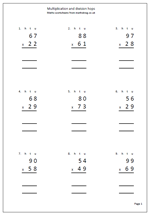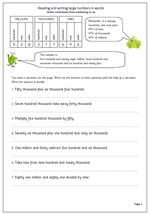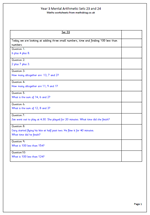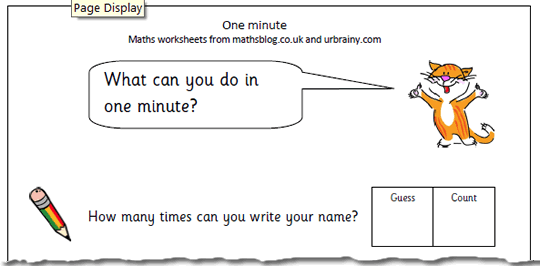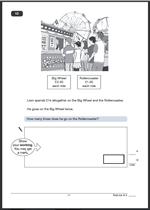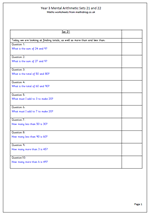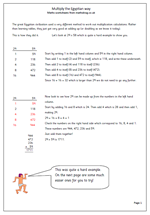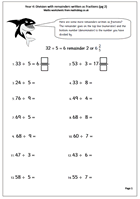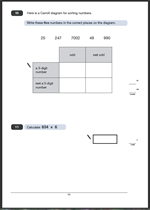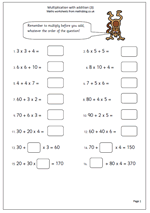 Part of the site which is developing well and is well worth a look is the Year 4 Calculating category. There is much to be learnt in year 4, including adding three small numbers mentally and being able to add two 2-digit numbers ‘in your head’. There are a lot of strategies which need to be understood and become second nature to make this happen including partitioning numbers. It is also important to understand the relationship between addition and subtraction, which is very useful to use when checking answers.
Part of the site which is developing well and is well worth a look is the Year 4 Calculating category. There is much to be learnt in year 4, including adding three small numbers mentally and being able to add two 2-digit numbers ‘in your head’. There are a lot of strategies which need to be understood and become second nature to make this happen including partitioning numbers. It is also important to understand the relationship between addition and subtraction, which is very useful to use when checking answers.
Year 4 is a time for consolidating knowledge of tables but other ideas are also introduced including number sentences with more than one operation (later leading to BODMAS).
Division becomes much easier when times tables are known and a lot of the work on division in Year 4 involves remainders and writing remainders as fractions.
Why not have a look at our year 4 calculating worksheets? There are still more in the Four Rules section of the site.
